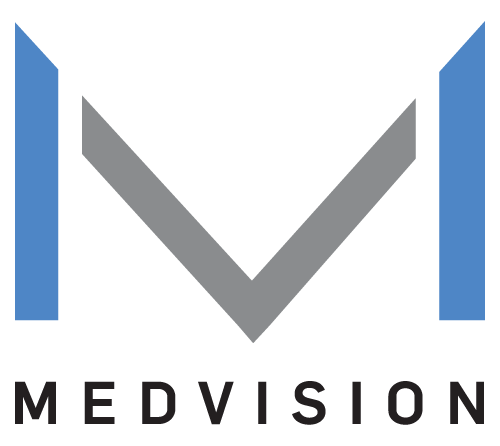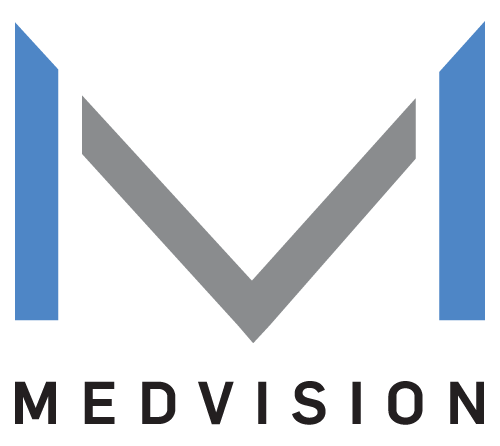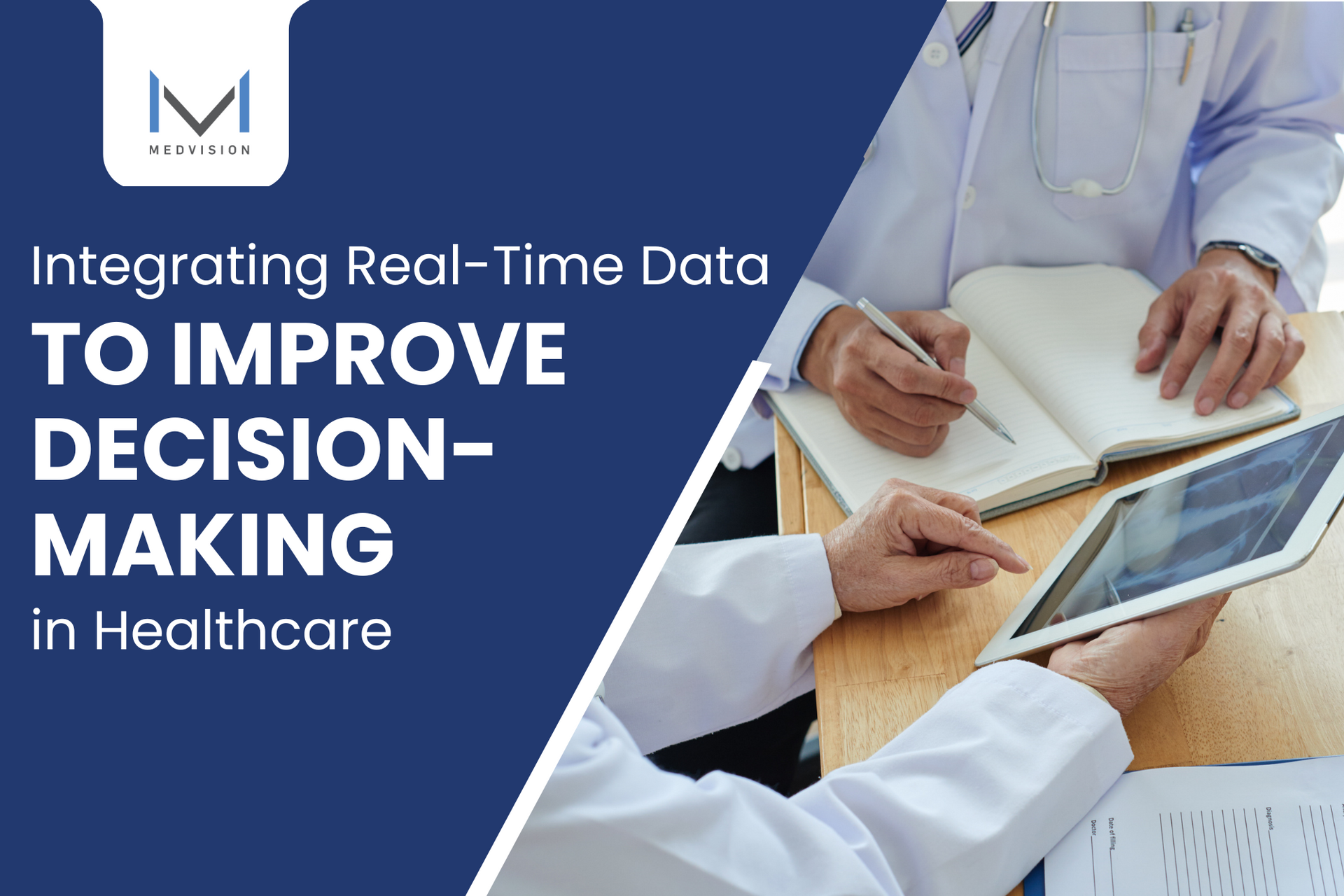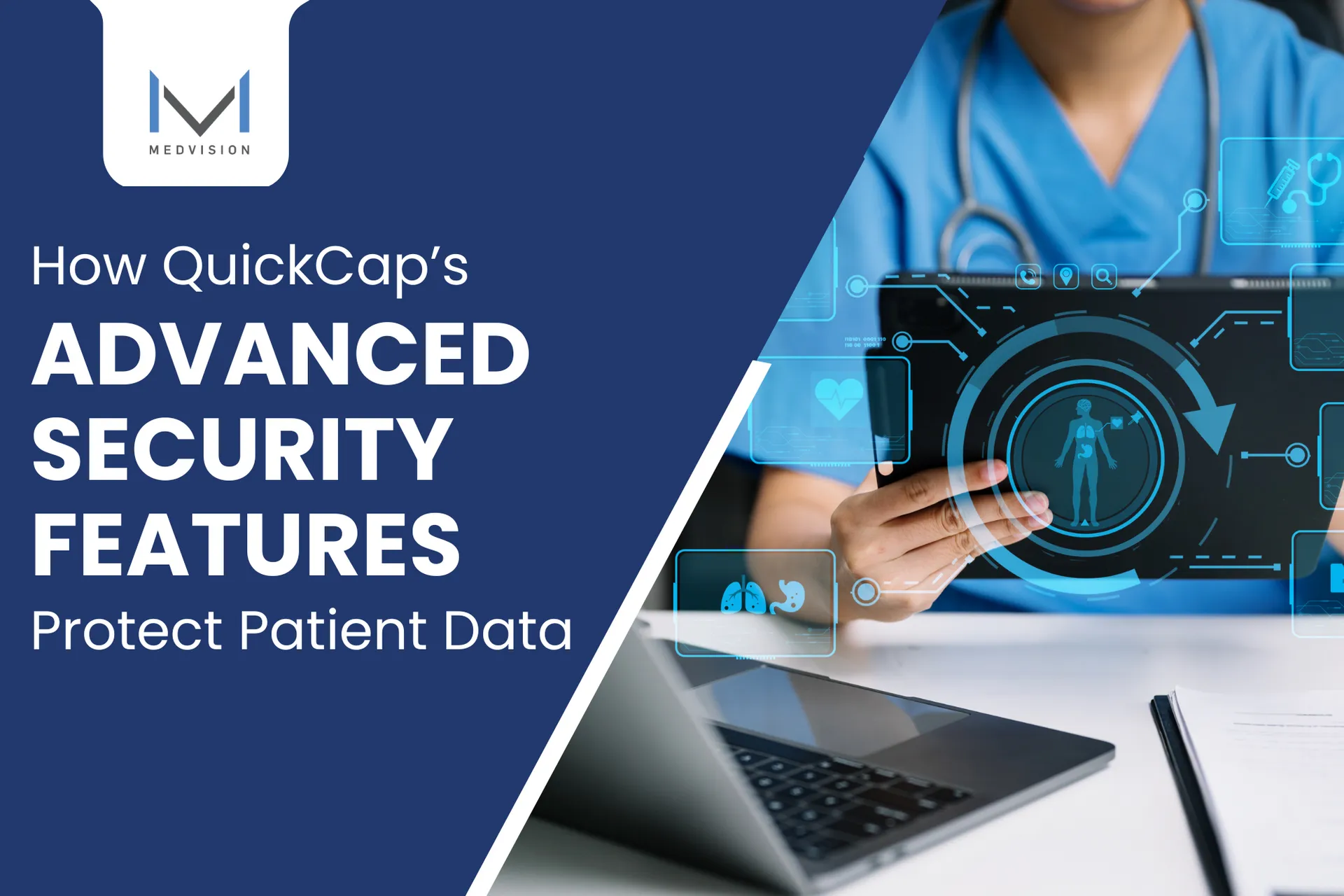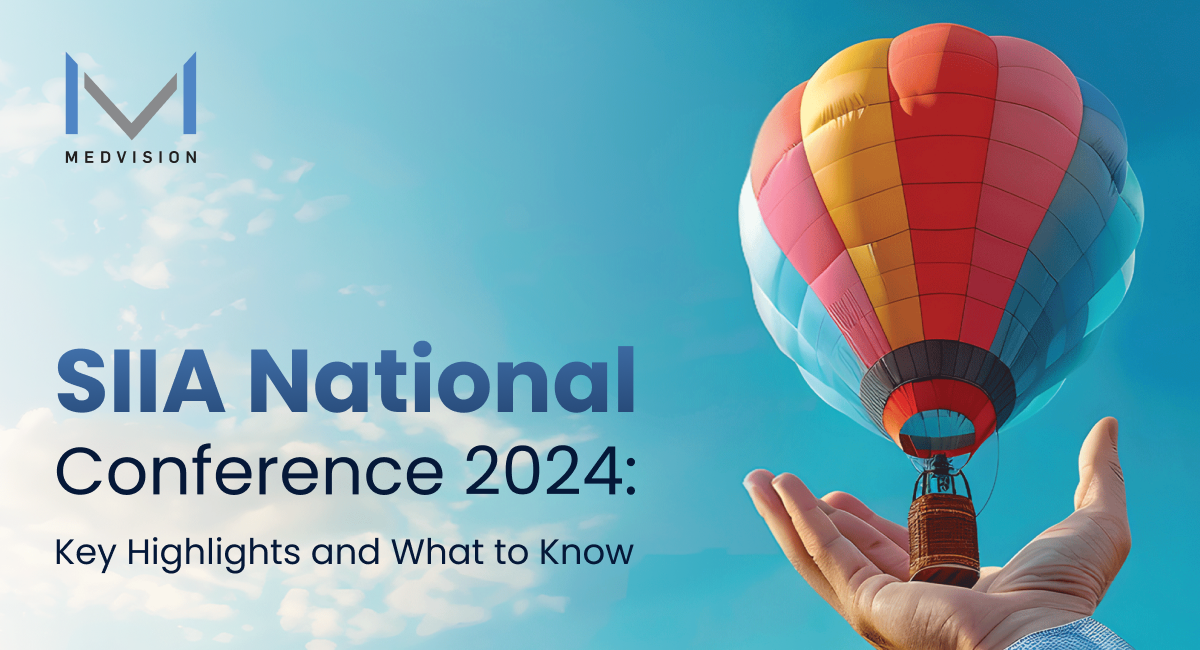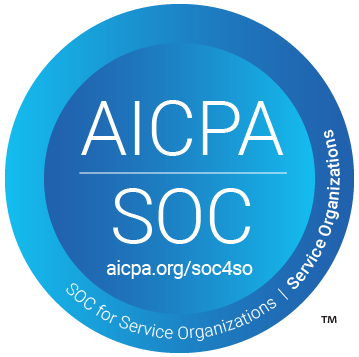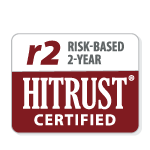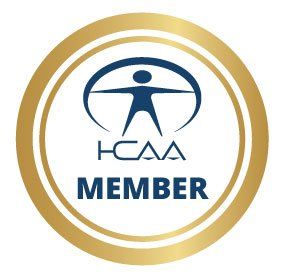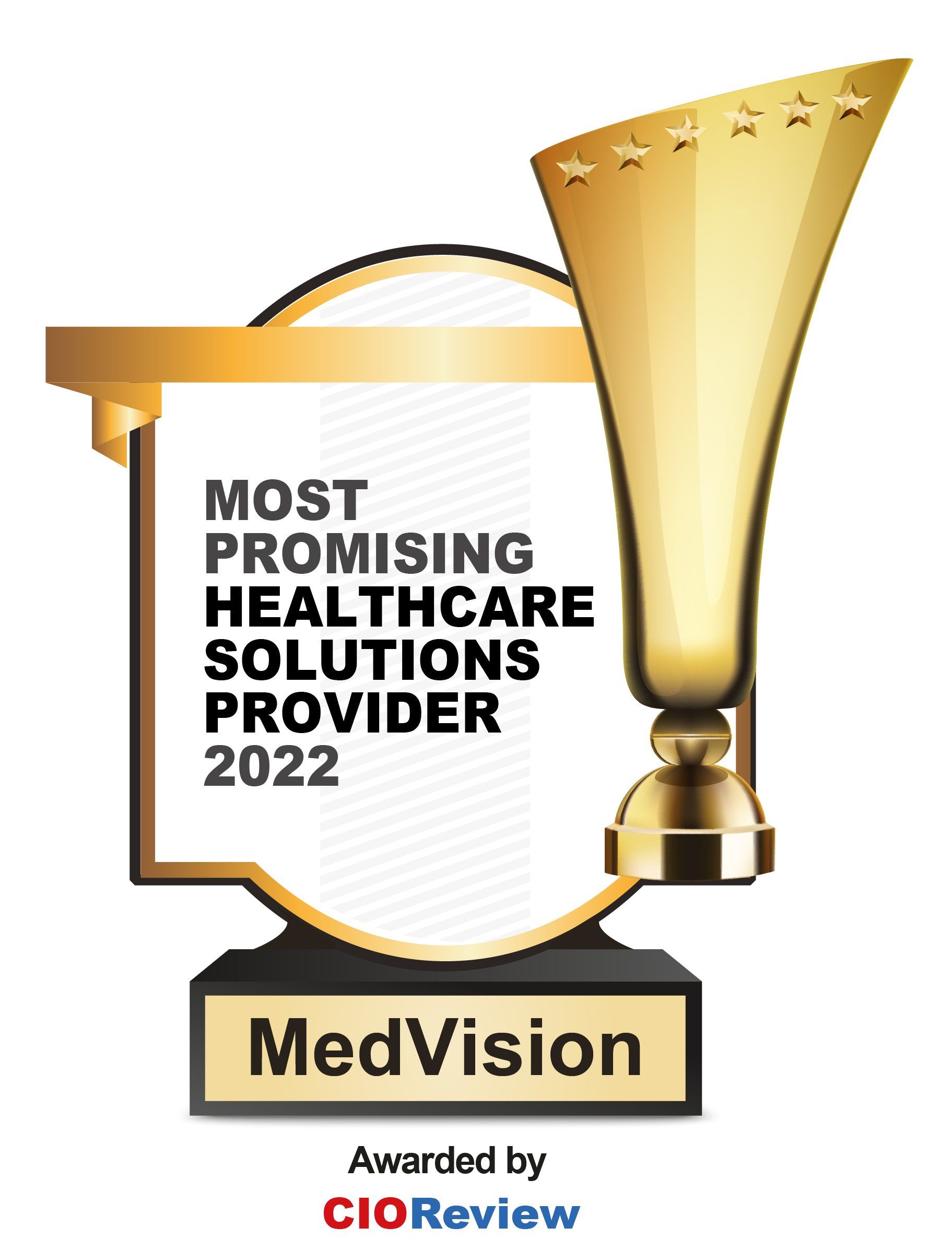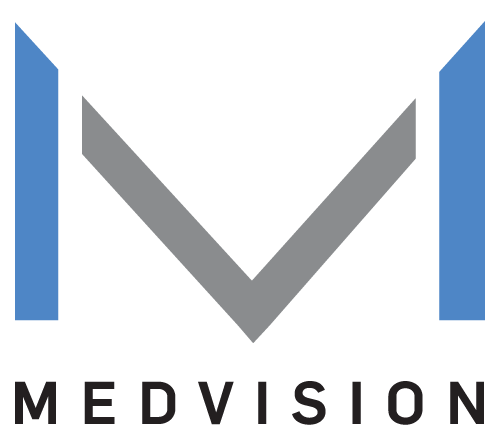Outdated Healthcare Solutions: The Hidden Costs to Your Practice
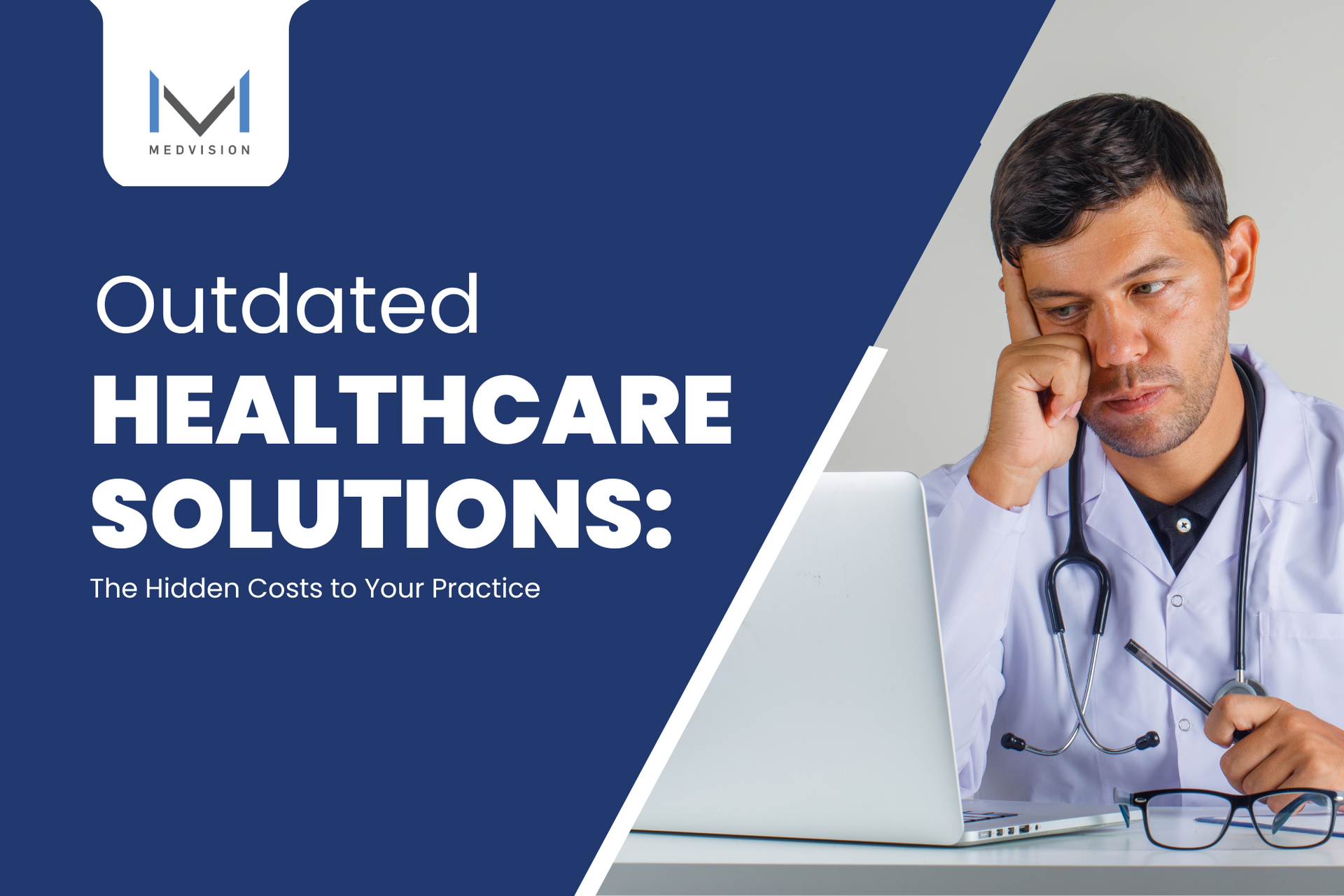
For most people, the mantra is, “If it isn’t broken, don’t fix it.” That mindset works—until it doesn’t. The same applies to many healthcare practices. What often goes unnoticed is that legacy systems don’t fail dramatically. Instead, they quietly drain your time, money, and, more often than not, your patience.
Have you noticed your team spending more time troubleshooting systems than treating patients? Or that nagging feeling you’re spending too much on “workarounds”? These are only a few of the hidden costs of holding onto outdated software.
It’s time to pull back the curtain on these hidden expenses and inefficiencies. Explore how upgrading to innovative healthcare solutions, like MedVision’s QuickCap, refines workflows, improves care delivery, and resolves inefficiencies that drain time and resources.
Modern Healthcare Solutions for
Every Value-Based Care Framework
The True Costs of Outdated Software System

Relying on manual processes or legacy systems might seem familiar and comfortable. However, as healthcare rapidly evolves, these older methods can’t keep up with the demands of modern patient care and administrative needs.
While it may seem easier to stick with what you know, they can cause inefficiencies and limit growth. Let’s look at the impact of staying outdated and how a modern software system makes a huge difference.
1. Operational Inefficiencies and Staff Burnout
Obsolete software forces staff into repetitive, time-consuming tasks, fueling burnout. Tedious data entry, error-prone manual workflows, and constant troubleshooting waste valuable hours that you could better spend on patient care.
Over time, these challenges erode employee morale, contribute to dissatisfaction, and result in costly turnover that disrupts operations.
Modern software simplifies daily operations by automating repetitive tasks, freeing up staff to focus on patient care. Tools like task automation, centralized data management, intuitive dashboards, digital patient intake forms, and ready-made templates simplify day-to-day workflows and improve productivity.
2. High Maintenance and Support Costs
Outdated software requires constant IT support for recurring issues like troubleshooting errors, patching security vulnerabilities, and trying to integrate with modern tools. Older hardware adds to the challenge with hard-to-find parts and high repair costs, leading to longer downtime.
Modern healthcare solutions are scalable, mostly cloud-based, and designed to update seamlessly. Many vendors now provide ongoing support to ensure smooth operation. Without frequent maintenance, you can enjoy cost savings and improved efficiency.
3. Reduced Revenue Opportunities
Manual billing, delayed claims submissions, and lack of automation due to outdated software can severely disrupt your revenue cycle management.
A system that lacks real-time insurance validation leads to higher claim rejection rates. Outdated billing platforms without automated coding features result in missed charges or under-billed services, costing practices tens of thousands of dollars annually in lost revenue.
Integrated billing systems automatically check for coding errors, track claim statuses, and flag denials for immediate resolution. Such features accelerate the revenue cycle but also ensure a steady cash flow.
Healthcare wastes $760B–$935B yearly due to inefficiencies in payments and claims. In one report, roughly 50% of healthcare practices have automated workflows. Outdated accounts receivable processes lead to financial losses for 84% of organizations.
4. Missed Opportunities for Patient Engagement
Patients today want convenience, transparency, and accessibility. They expect automated appointment reminders, user-friendly patient portals, virtual visits, online scheduling, and streamlined communication.
If your software lacks these features, you miss opportunities to build patient loyalty. They will look elsewhere for providers that meet their digital expectations, impacting patient retention and overall satisfaction.
5. Compliance and Security Risks
Keeping up with shifting healthcare regulations is a constant challenge. Legacy systems often lack the flexibility to adapt to new requirements, putting your practice at risk for fines and operational disruptions.
A system failing to implement HIPAA’s latest security updates might leave patient data unprotected, increasing liability during an audit. Practices that use manual record-keeping face additional risks, such as incomplete documentation, which could lead to compliance violations.
With modern healthcare solutions, compliance becomes easier. Automatic regulatory updates, detailed audit tracking, and secure data encryption are built into these systems, helping you avoid penalties and focus on running an efficient, patient-centered practice.
6. Cybersecurity Vulnerabilities and Data Breaches
Cyber threats in healthcare are increasing, with legacy systems being a primary target. Outdated software lacks advanced security protocols, making it easier for hackers to exploit weaknesses and access sensitive patient data.
A single ransomware attack or data breach can cost a practice more than $10 million, not just in fines but also in legal fees, recovery costs, and lost patient trust.
Modern software offers advanced security features such as proactive threat detection, automated cloud backups, multi-factor authentication, and end-to-end encryption. Upgrading your system enhances data protection and demonstrates a commitment to safeguarding patient information.
7. Limited Data-Driven Insights
Data is a powerful tool for improving patient outcomes and operational efficiency. However, older systems often lack analytics capabilities, preventing practices from extracting actionable insights.
Modern platforms consolidate data from multiple sources and provide intuitive dashboards that empower practices to act on insights.
They provide real-time reporting and analytics that enable you to track treatment trends, appointment patterns, or operational inefficiencies. These insights help you optimize care delivery, reduce costs, and improve overall outcomes.
8. Lack of Scalability and Functionalities
As your practice grows, your systems need to grow with you. Outdated software often lacks scalability, forcing practices to rely on cumbersome add-ons or workarounds that can’t keep pace with increasing demands. Adding new functionalities requires costly integrations.
For instance, a growing multi-specialty clinic may struggle to expand its services if its outdated system cannot handle additional patient volume, multiple locations, or specialized reporting needs.
Upgrading to a modern solution ensures your system can adapt to your evolving needs, offering seamless integration with new technologies and workflows.
Advanced platforms allow adding users, locations, or modules without disrupting operations. Scalability not only supports growth but also future-proofs your practice.
Upgrade Your System for Lasting Success!
Legacy systems may have gotten you this far, but they could be holding you back from reaching your full potential. Every day you wait to upgrade, the costs of outdated systems quietly grow. Missed claims, frustrated staff, and unengaged patients are too expensive to ignore.
Stop wrestling with outdated technology. Modernizing with QuickCap solves today’s problems and positions your practice for tomorrow’s success. Our advanced healthcare administration software helps you regain control, protect your reputation, and create a seamless experience for your staff and patients.
Let’s make 2025 the year your practice stops struggling and starts thriving. Contact us now to see how a modern solution can improve your practice.
Recently published articles
Keep in touch
Subscribe to get the latest update
Than you!
You have successfully subscribe to our blog updtes!
Please try again later
Trending topics
Upcoming events and company news
Connected Healthcare
SOC Certification Achievement
MedVision has successfully met the criteria outlined in the SOC (System and Organization Controls) audit for service organizations. This certification demonstrates MedVision’s adherence to rigorous standards for security, availability, processing integrity, confidentiality, and privacy.
As a service provider managing sensitive data and overseeing critical functions on behalf of clients, this certification underscores MedVision’s commitment to maintaining high standards of operational excellence and data security.
HITRUST Risk-Based 2-Year Certification Achiever
The Health Information Trust (HITRUST) is a standards organization dedicated to security, privacy, and risk management. They developed the HITRUST Common Security Framework (CSF), which assists organizations in maintaining a comprehensive and secure approach to HIPAA compliance and managing risks. HITRUST is widely recognized as the benchmark in data security and privacy.
Certified Member of HCAA
The Health Care Administrators Association is the nation's largest nonprofit trade association for third-party administrators, stop loss insurance carriers, managing general underwriters, audit firms, medical managers, technology organizations, pharmacy benefit managers, brokers/agents, human resource managers, and health care consultants. HCAA has spearheaded the change of self-funding for more than 35 years.
Share and post page directly to social media.
Ready to get started?
Call us @ 847 - 222 - 1006
LINKS
GET IN TOUCH
3233 N. Arlington Heights Rd.,
Suite 307, Arlington Heights, IL 60004
Phone:
847-222-1006
Fax: 847-222-1066
STAY INFORMED
Subscribe to our blog updates!
Blog Subscription
Than you!
You have successfully subscribe to our blog updates!
Oops, there was an error in sending your message. Please try again later
LINKS
GET IN TOUCH
3233 N. Arlington Heights Rd.,
Suite 307, Arlington Heights, IL 60004
Phone :
847-222-1006
Fax :
847-222-1066
STAY INFORMED
Subscribe to our blog updates!
Medvision | All Rights Reserved.
